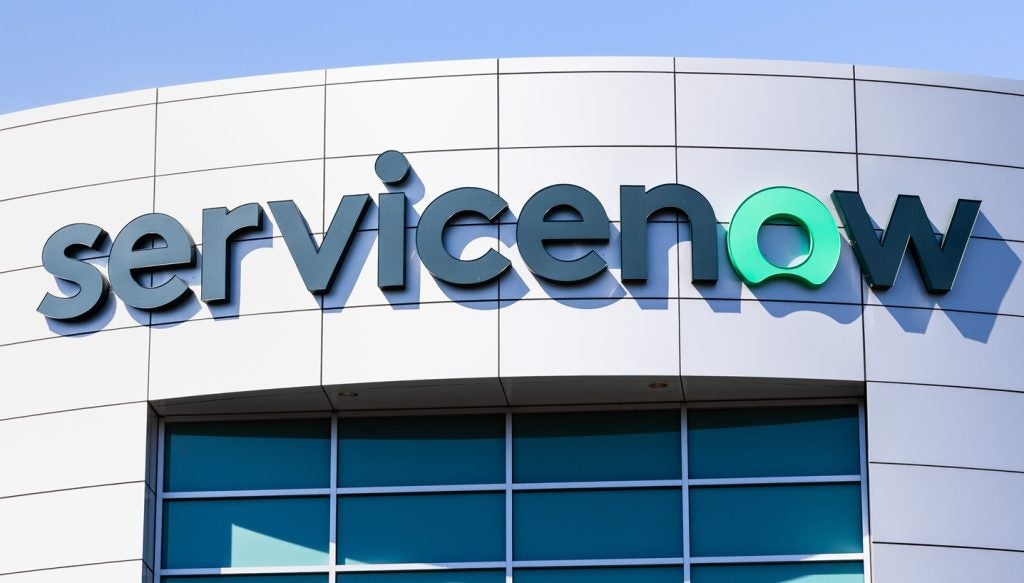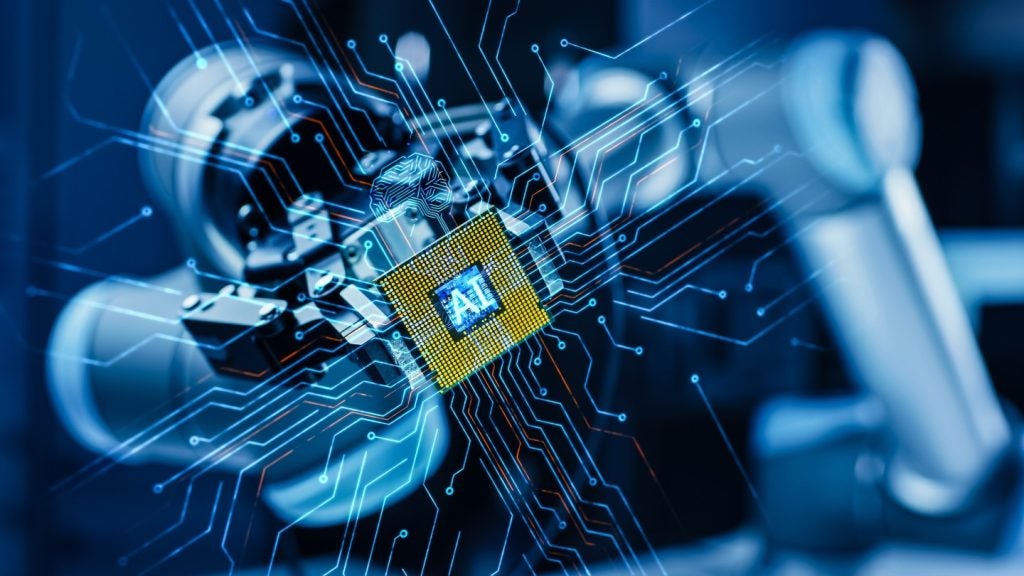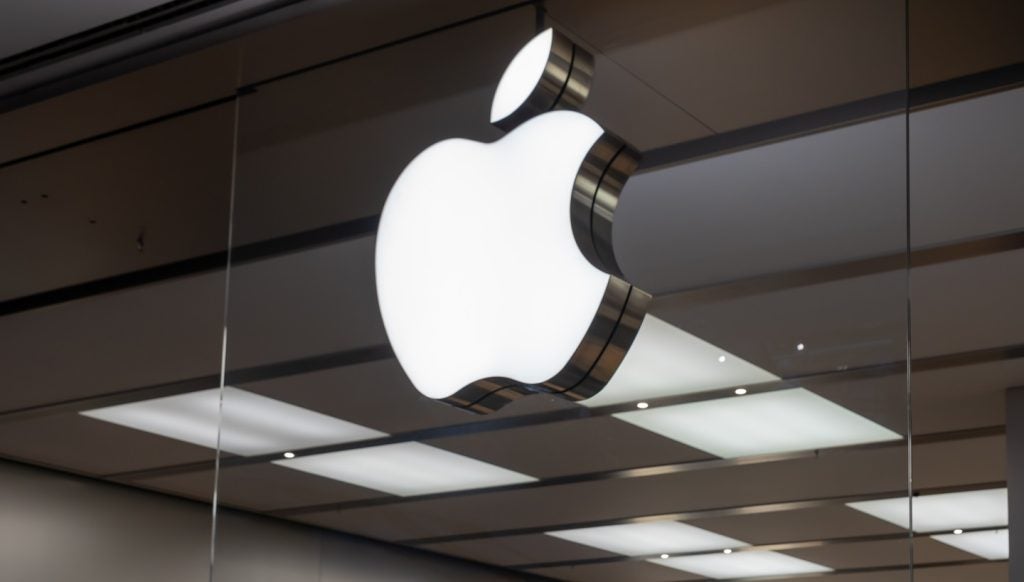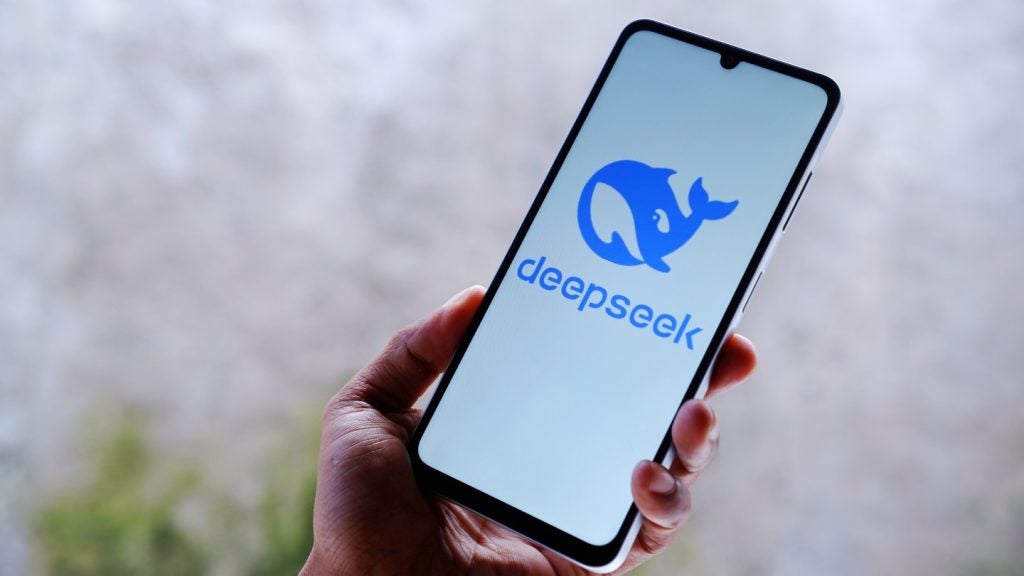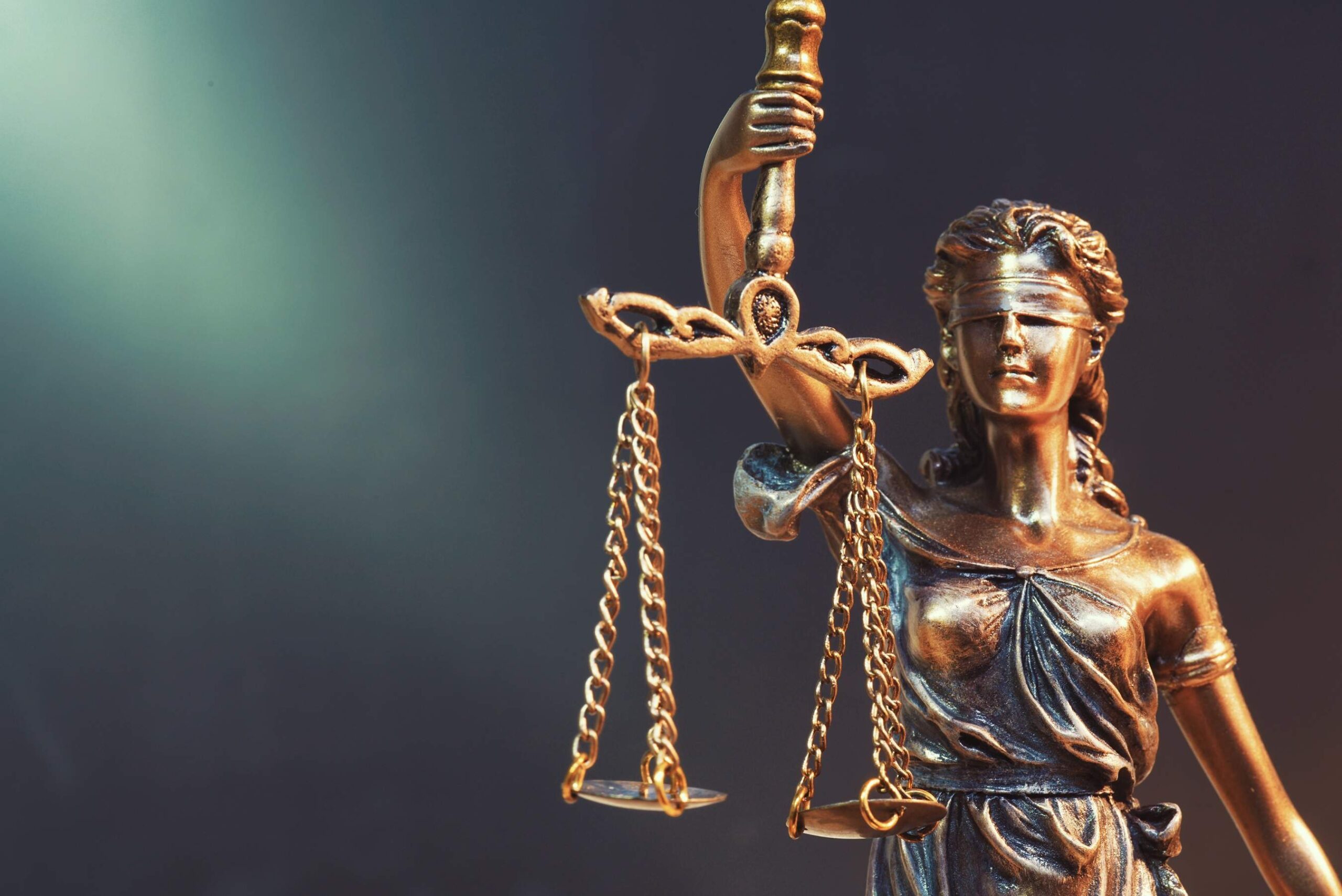
For the first time ever, the US Supreme Court will use teleconferencing technology to remotely hear arguments “in keeping with public health guidance” due to the ongoing Covid-19 pandemic, it announced yesterday.
The Court holds oral argument in about 70-80 cases each year. During the oral arguments, the justices ask the attorneys questions about particular cases and the attorneys on both sides have the opportunity to outline key aspects of the case. Members of the public are permitted to sit in on the oral arguments on a first-come-first-served basis.
Ten cases postponed in March and April due to the Covid-19 pandemic will be held via teleconference next month.
Over 40 US states currently have stay-at-home orders in place as the US has become the epicentre of the Covid-19 pandemic, with 554,684 confirmed cases and 23,608 deaths.
According to a statement by the Supreme Court, the Justices and counsel will all participate remotely, with most Court personnel currently working from home and the court building closed to the public.
Notably, this will include cases involving President Donald Trump’s financial records. In Trump v. Mazars USA, LLP; Trump v. Deutsche Bank AG and Trump v. Vance the court will review whether three congressional committees and District Attorney Cyrus Vance should have access to his financial records.
Supreme Court switches to teleconferencing: “It is critical that our institutions continue to function”
Few details on how the teleconferencing will work, such as the platform that will be used, have been released by the Supreme Court, but it has confirmed that the media will be provided with a a live audio feed of the arguments, and The Supreme Court will then post these recordings on its website.
“While it is unfortunate that circumstances require the Supreme Court to move away from traditional in-person oral argument, tens of thousands of attorneys and thousands of Judges have used CourtCall’s full-service telephonic appearance services for millions of hearings since 1996,” said Bob Alvarado, chief executive officer of CourtCall, which provides software for remote court appearances.
“Regardless of the platform utilised, this action by the Supreme Court will hopefully give confidence to those courts that have not historically viewed telephonic or video appearances as effective and suitable alternatives to in-person appearances.”
Until now, the use of audio or video recording in the Supreme Court has been limited, with the recordings from most Supreme Court oral arguments only available online days after the proceedings. This means they mostly occur away from the public gaze aside from the small number of people present in the court room, resisting the introduction of livestreaming, which most state supreme courts in the US already use.
Last month, US representative Mike Quigley wrote to Supreme Court Chief Justice John G. Roberts Jr. calling for Supreme Court proceedings to be livestreamed in order to “keep pace with the times”.
However, two Supreme Court justices have publicly opposed livestreaming, saying that it could “detract from the value of the arguments in the decisionmaking process”.
Adam Lurie, partner and head of Linklaters’ Dispute Resolution Practice in the United States and the Americas told Verdict that technology could help limit the delays caused by the pandemic:
“Arguing such complex and important matters by phone will be challenging. However, these are unprecedented times, and it is critical that our institutions continue to function. Thanks to advances in technology, the Supreme Court is seeking to move forward, and limit delays, despite the pandemic. One benefit to the Supreme Court’s novel approach is that the public will be able to listen to Supreme Court arguments live.”
“It will be hard to justify not providing live audio for arguments in the future”
Some have argued that the decision to allow oral arguments to be held via teleconference, although made under exceptional circumstances, could have a lasting impact on court proceedings, bringing in a more technology-centric approach.
Dan Epps, associate professor of law at Washington University in St Louis, tweeted: “Once the Court does this once and the sky doesn’t fall, it will be hard to justify not providing live audio for arguments in the future.”
The use of video and audio recording as a way of allowing proceedings to continue while maintaining social distancing has been introduced in other parts of the world in light of the ongoing coronavirus crisis. For example, state supreme courts in Texas and Kansas have begun using video conferencing platform Zoom to hold oral arguments.
However, in recent weeks concerns have been raised about Zoom’s security as well as questions about its data collection practices.
According to The Register, UK courts will begin trials and hearings through video calling, and courts in India, Hong Kong and New Zealand, to name a few, have all increased their use of teleconferencing.
In the UK, Local authorities in England have been given the power to hold public meetings using video or teleconferencing. Until now, councils have been legally required to hold public meetings in person, but this has been waived so that “local democracy continues to thrive” and councils can make decisions more effectively at this time.
Although it is impossible to say whether this will have a lasting impact, like many aspects of work, the ongoing Covid-19 pandemic has led to a re-thinking of court proceedings, bringing into question whether it is essential for all participants to be physically present.
The Electronic Frontier Foundation (EFF) has also campaigned for the video recording of Supreme Court procedures. In a blog post, the non-profit group argued that ensuring that the public still has access to court proceedings, even during lockdown, is “urgent”:
“Even in normal times, when individuals can watch Supreme Court arguments in person, videos would allow the greater public to form opinions about the participants, the arguments presented, and the fairness of the procedures. Given the affordability and accessibility of video technology today, there is no justification for depriving the public of access to oral argument videos any longer,” the EFF wrote.
“Recognising the public’s right of access includes the right to see what happens in the courtroom—on video if not in person—is all the more urgent with the Supreme Court now barring the press and public from attending in person.”
Virtual court case: “A challenging and interesting experience”
Verdict heard from Tom Lidstrom, Dispute Resolution Partner in Linklaters’ London office, who has first-hand experience with a virtual court case. Lidstrom was involved in a $530m case brought by the Republic of Kazakhstan against parties including the Bank of New York Mellon, the first UK High Court action where all parties attending remotely.
“It was a challenging and interesting experience. The trial was “fully virtual” in that all participants (judge, barristers, solicitors, witnesses, interpreters, stenographers, the public) were connected via Zoom and a streaming service, with each individual courtroom participant in a different location across 4 countries in 3 continents” said Lidstrom.
“The hearing was originally scheduled for a “real” trial in the Rolls Building opening on 23 March. However, as the practicalities and implications of a trial in the middle of a global pandemic dawned on the court and the parties, the judge granted a short extension to permit testing of technology for a virtual hearing. The court showed great determination in ensuring that the trial went ahead – Covid-19 notwithstanding – and urged the parties to find practical alternatives in short order.
“The court then proceeded – remotely – to hear opening submissions, witnesses of fact, expert witnesses and closing arguments in the usual way. That this happened without any major delay was obviously important to the parties to the case. Looking at the implications more broadly, the determination and flexibility shown by the court reflected positively on the administration of justice in this country and on London as a dispute resolution hub.”
Lidstrom explained that the biggest challenge was ensuring the technology used was reliable:
“The biggest challenge in a trial with several parties and witnesses in different locations was always going to be the technology. Would it be robust and reliable? Fortunately it worked well and the hearing kept to its schedule. Everyone adapted to the new circumstances in which we found ourselves. I was impressed by the resilience of the court system and the parties to make everything work.
“Systems and procedures which might otherwise have taken many months (or even years) to get tried and tested were rolled out for use in a few short days. There are valuable lessons in this about the need for adaptability – and the potential use of IT solutions (even after the current crisis has passed) in future hearings, especially ones of a procedural nature.
“In terms of how we kept in close touch with the barristers, instead of “handing up notes” in court, we WhatsApped one another. The usual Post It notes went virtual along with every other aspect of the trial. It was a case of needs must and, again, it worked effectively and efficiently.”
Read more: Coronavirus: Concerns raised about Zoom’s security.



